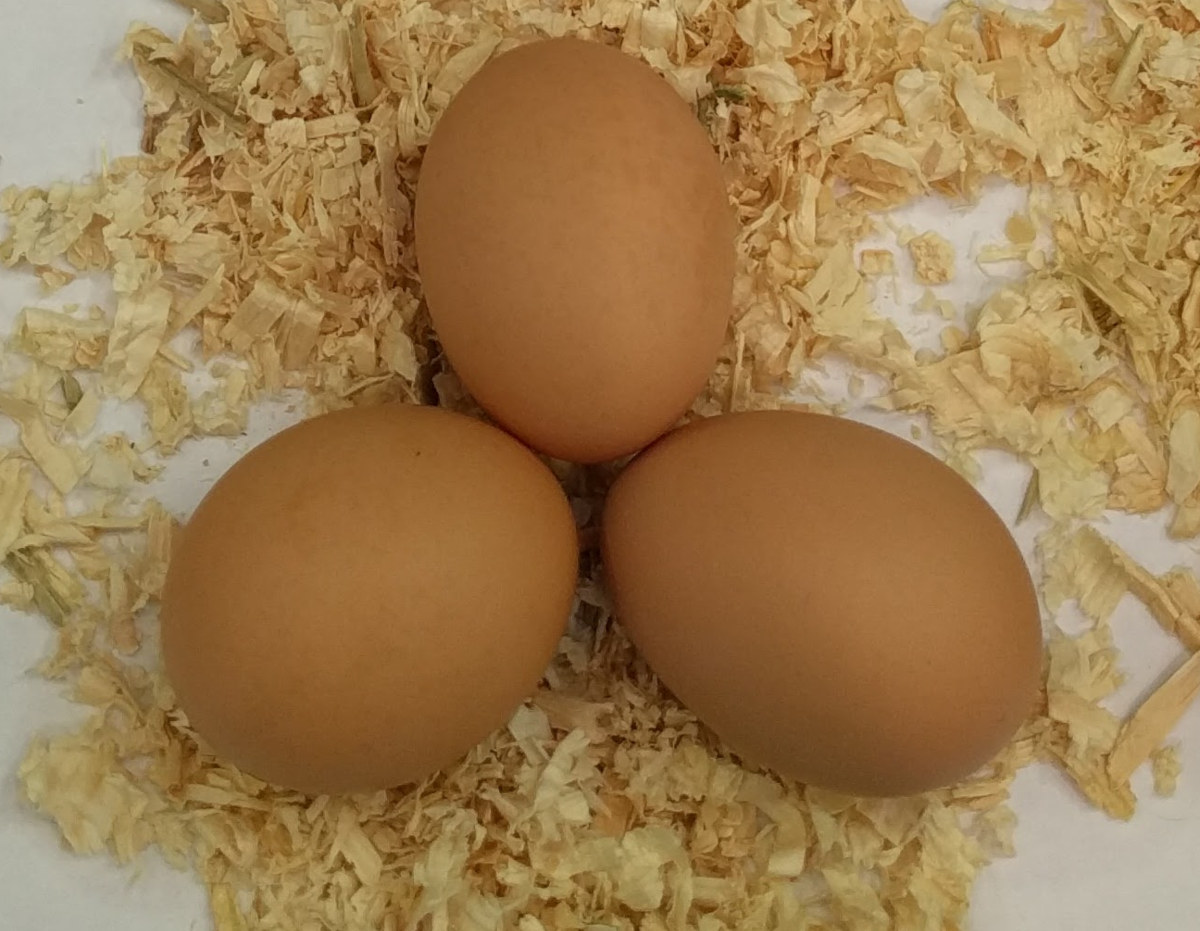Are Brahma chickens right for you: The characteristics and temperament of the breed.

The Brahma was developed in the United States from birds imported from the Chinese port of Shanghai, and was the principal American meat breed for 80 years starting in the 1850's.
I briefly showed my Brahmas with some limited success but these days I keep them just because I like having them around. You can see from the image above just how big they are, My cockerel nearly fills his show cage.
Why would you want to keep Brahma chickens.
In addition to their ornamental value, Brahma chickens are also prised for their meat and eggs. Their large size makes them an ideal bird for meat production, and their eggs are often larger than those of other chicken breeds.
The characteristics of the Brahma chicken:
- Large size: Brahmas are one of the largest breeds of chicken, with roosters weighing up to 12 pounds and hens weighing up to 10 pounds.
- Egg production (annual): 160 to 180 large light brown eggs.
- Feathered legs: Brahmas have feathers on their legs and feet, which helps to keep them warm in cold weather.
- Pea comb: Brahmas have a pea comb, which is a small, rounded comb that is not prone to frostbite.
- Red earlobes: Brahmas have red earlobes.
- Brahma prefer not to fly: While Brahma are fully capable of short flights, they much prefer to keep their feet on the ground
- Yellow beak: Brahmas have a yellow beak.
- Smooth fitting plumage: Brahmas have smooth, fitting plumage that helps to keep them warm in cold weather.
- Dense down: Brahmas have dense down under their feathers, which helps to keep them warm in cold weather.
- Broad, wide head: Brahmas have a broad, wide head with a skull projecting over the eyes, which is known as a "beetle brow."
- Broody: The Brahma is a Good broody and an excellent mother.
- Feathered legs that appear like a narrow "V": Brahmas have feathered legs that appear like a narrow "V" if viewed from the side.
- Three main colour varieties: Brahmas come in three colour varieties: Light, Dark, and Buff. Some countries added black, blue, partridge, crele, porcelain and barred Brahmas.
- Calm, docile temperament: Brahmas are known for being calm, easy to tame and good matured.
- Good layers of winter eggs: Brahmas continue to lay into winter and begin laying early in the new season.
- Good in cold climates: Brahmas are large soft feathered and hardy chickens that are good in cold climates.
- Large roasting fowl, capon, or early broiler: Brahmas can be used as large roasting fowl, capons, or early broilers.
Brahmas are known for their docile and friendly temperament, which makes them an ideal breed for families with children that want to keep their chickens as pets as well.
The Brahma is also a popular choice for backyard chicken enthusiasts due to their calm demeanour.
Brahmas are considered a dual-purpose breed, meaning they are suitable for both meat and egg production. They are not as prolific egg-layers as some other breeds, but they do lay a good number of large brown eggs. On average, a Brahma hen can lay up to 160-180 eggs per year.
Below: A selection of egg from my Brahma hens.

Some birds were very large, weights of about 8 kg (18 lb) for cockerels and 6 kg (13 lb) for hens have been recorded.
Brahmas are very social birds and enjoy being around people and other animals. They are also very curious and intelligent, making them easy to train and handle.
The Brahma chicken was first bred in the United States in the mid-1800's and was named after the Brahmaputra River in India. This breed was developed in the United States by breeding together birds from China and India. The Brahma chicken quickly became popular due to its large size, hardiness, and calm disposition.
There are a few reasons why you might not choose to keep Brahma chickens.
- They are large and slow-moving. This can make them more susceptible to predators, and it can also be difficult to keep them confined in a small space.
- They are not the best layers of eggs. Brahma chickens typically lay around 160 to 180 eggs per year, which is less than some other breeds of chickens.
- Susceptible to lice and mites. The heavily feathered legs are more likely to get lice and mites.
- Not good in hot climates. The large size, smallish combs and thick feathering make them a poor choice for hotter climates.
- They can be expensive to raise. Brahma chickens are a large, slow growing breed of chicken with a very low feed efficiency, and they require more food and space than some other breeds.
- Brahma need a lot of space. These are big birds with large wingspans that need room both inside and outside the coop.
- They can be difficult to find and expensive to buy. Brahma chickens are not as common as some other breeds of chickens, so they may be difficult to find from a breeder.
If you are looking for a chicken breed that is good at laying eggs, is small and easy to care for, and is not expensive, then Brahma chickens may not be the best choice for you. However, if you are looking for a large, docile chicken that is good in cold climates, then Brahma chickens may be a good choice for you.
Ultimately, the decision of whether or not to keep Brahma chickens is a personal one. You should weigh the pros and cons of the breed and decide what is best for you and your situation.
